Although Web3 faces challenges in the short term, its unique advantages make it expected to compete with Web 2 in the medium to long term and redefine the industry landscape.
Author: Defi0xJeff, head of steak studio
Compiled by: Ashley, BlockBeats
Editor’s note: This article explores the application of AI Agents in Web2 and Web3. Web2 has widely adopted AI Agents to improve efficiency, covering sales, marketing and other fields. Web3 opens up new application scenarios by combining blockchain technology, especially in the fields of DeFi and decentralization. Web3 Agents have the potential to surpass Web2 Agents through token incentives, decentralized platforms and on-chain data. The author points out that although Web3 faces challenges in the short term, its unique advantages make it expected to compete with Web 2 in the medium to long term and redefine the industry landscape.
The following is the original content (the original content has been compiled for ease of reading and understanding):
When we look at general application scenarios outside of Web3, many companies, from large companies to small companies, have begun to integrate AI Agents into their daily operations-sales, marketing, finance, legal, IT, project management, logistics, customer services, workflow automation-almost every imaginable area.
We have transitioned from manually processing numbers, performing repetitive tasks, and filling out Excel forms to having autonomous, 24/7 online digital workers (AI Agents). These Agents are not only more efficient, but also significantly lower costs.
Web2 companies are willing to pay $50,000 to $200,000 or more for AI-driven sales and marketing agents. Many Agent providers operate highly profitable businesses through a SaaS subscription model or consumption-based model that charges based on token usage.
Web2 AI Agent application scenarios
Apten_AI
AI + SMS Agent to facilitate the sales/marketing process.
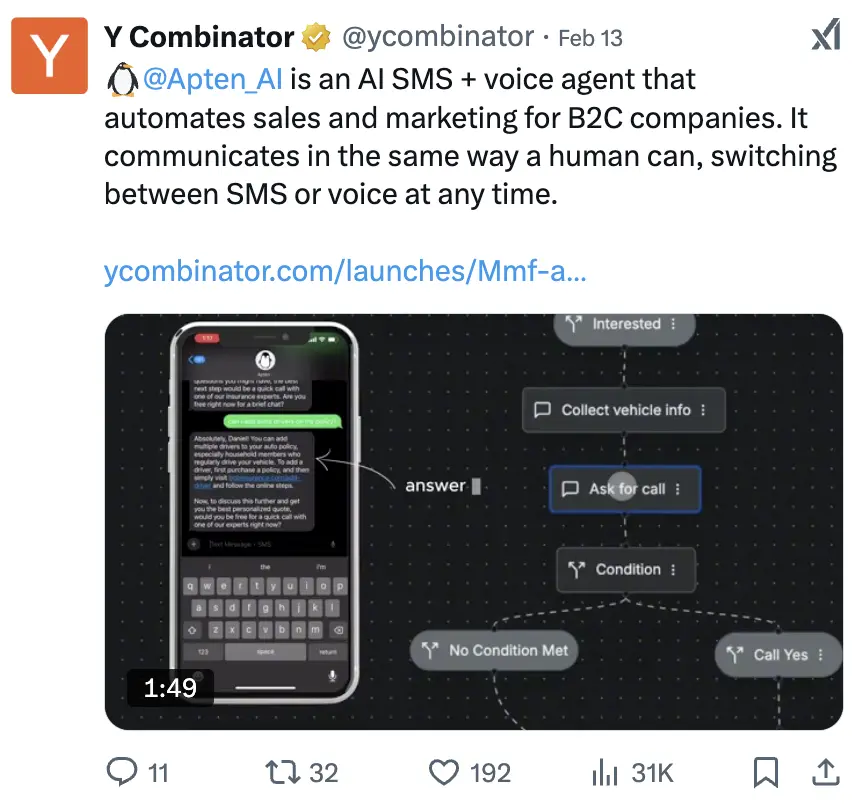
Bild_AI
Read building blueprints, extract material/specification data, and estimate costs based on the data collected.

Casixty
Marketing Agents that identify popular topics on Reddit, automate responses, and increase brand engagement. Imagine using this product in CT!
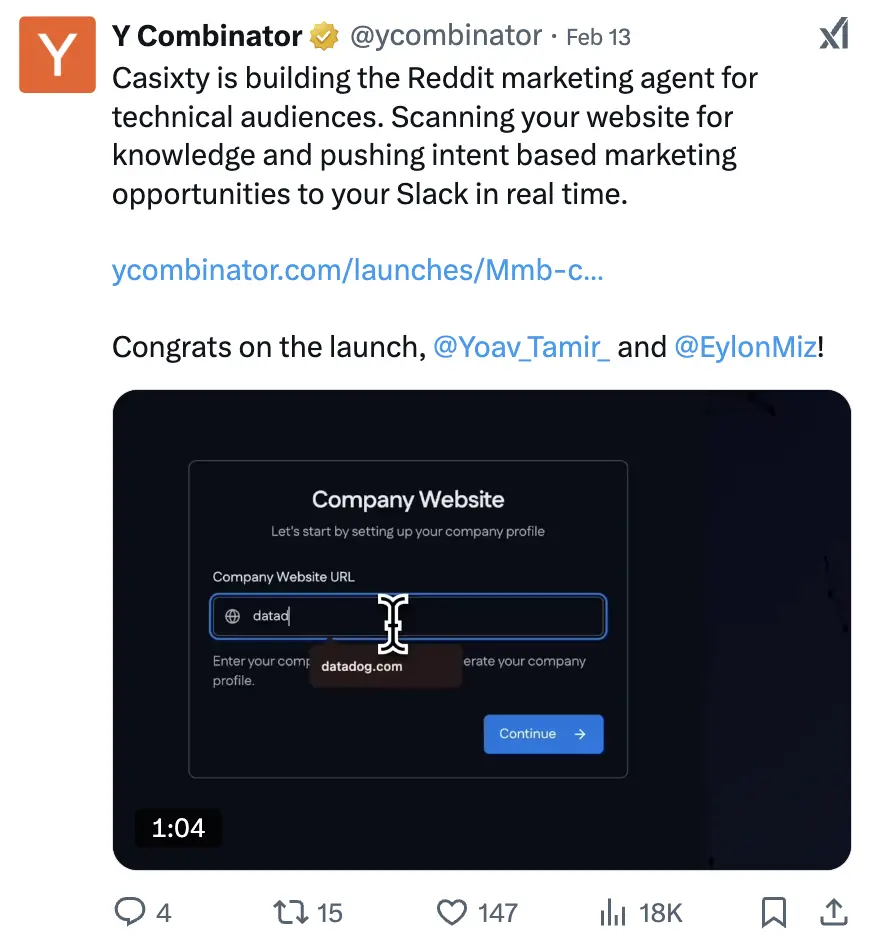
These examples demonstrate how AI Agents have transformed in traditional industries, automating manual tasks and optimizing workflows. While Web2 companies have quickly adopted AI-driven Agents, the Web3 space has also begun to embrace the technology-with one key difference.
Web3 AI Agent not only focuses on operational efficiency, but also integrates blockchain technology to unlock new application scenarios.
Web3 AI Agent: More than just a “nonsense literature” robot
A few months ago, most Web3 Agents were just conversation bots on Twitter. However, the industry landscape has changed significantly. These Agents are now integrating with various tools and plug-ins, allowing them to perform more complex operations.
sendaifun
Solana AI Agent Suite supports everything from basic token management to complex DeFi operations.
ai16zdao
Integrate more than 100 plug-ins, ranging from social media interactions to automated transactions and DeFi operations.
Cod3xOrg, @Almanak__
Codeless infrastructure that allows users to create autonomous trading agents.
gizatechxyz
An autonomous DeFi assistant specifically tailored for investors.
DeFi is the largest industry in cryptocurrencies (TVL exceeds US$100 billion), and the most influential crypto-native AI Agent application scenario belongs to DeFAI.
AI Agents in DeFi do not just simplify complex experiences through NLP interfaces. They also use on-chain data to unlock new opportunities.
Blockchain provides a large amount of structured data-vouchers, transaction history, profits and losses, governance activities, lending models, etc. AI can process, analyze and extract insights from this data, automate workflows and enhance decision-making capabilities.
Web2 Vertical Agent Driven by Encryption Technology
We are also witnessing the integration of Web2 vertical agents with the cryptographic native model. A typical example is the launch of virtuals_io on Solana.
_PerspectiveAI
AI-driven fact verification continues to be improved through community feedback.
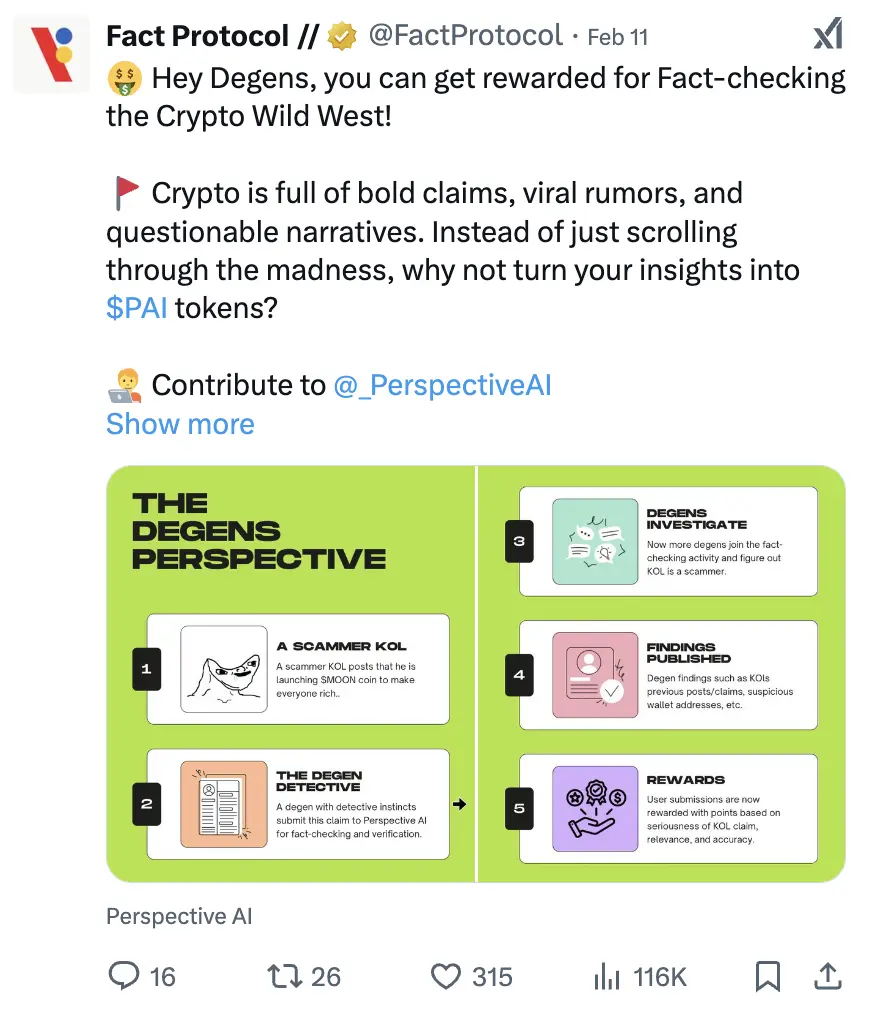
Roboagent69
Serve as a personal assistant, booking flights, taxis, shopping for groceries, and arranging meetings.
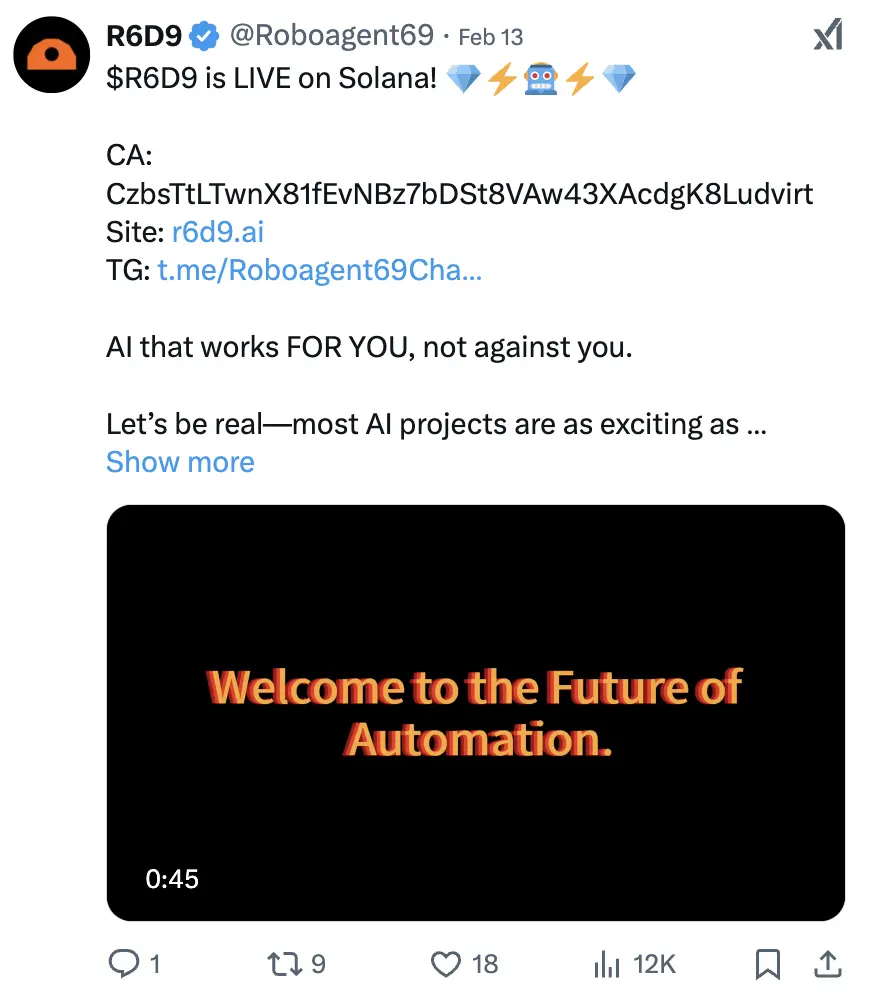
HeyTracyAI
AI-driven sports commentary and analysis starts with the NBA.
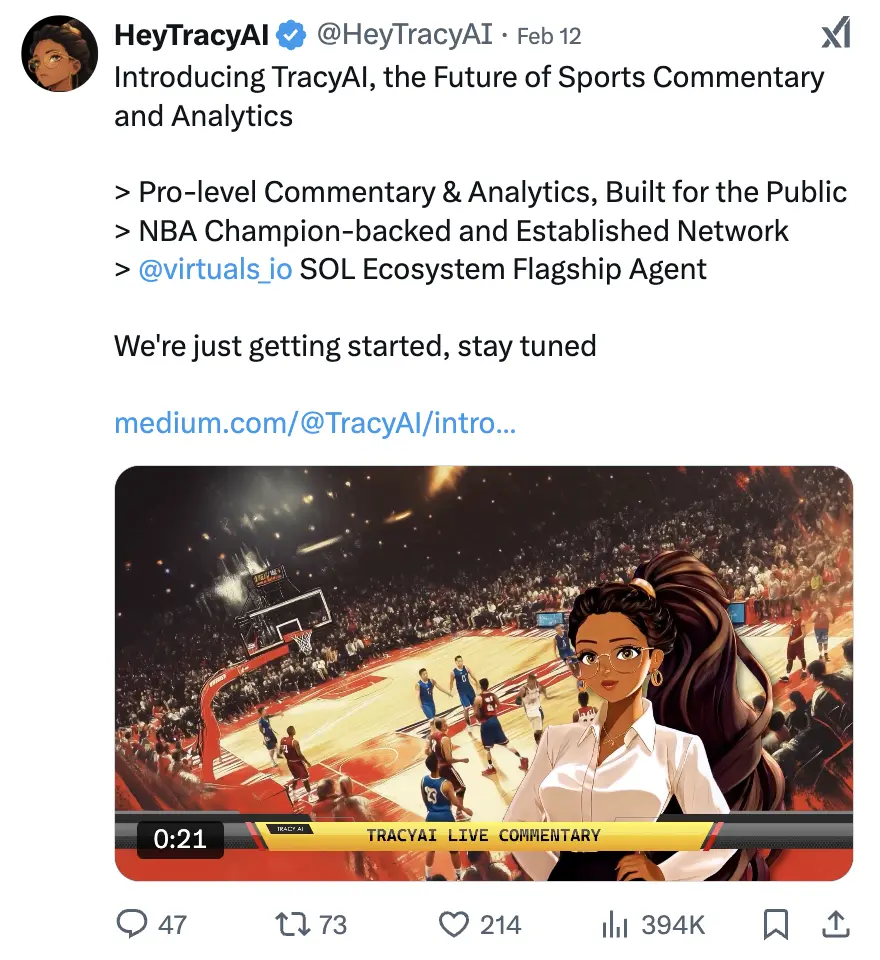
Unlike the SaaS model, these Agents usually rely on a token gating mechanism, and users must pledge or hold a certain amount of tokens to obtain advanced privileges while maintaining free basic-level access. Revenue is generated through token transaction fees and API usage fees.
Can Web3 AI Agents compete with Web2 startups?
In the short term, the Web3 team faces challenges finding a product and market fit and achieving meaningful adoption. They need at least $1 million to $2 million in annualized recurring income to compete effectively. However, in the medium to long term, the Web3 model has inherent advantages:
Community-driven growth driven through token incentives and alignment.
Global mobility and accessibility, decentralized and unmanaged platforms remove barriers to adoption.
In addition, the rise of DeepSeek and the interest of Web2 AI talents in open source AI have further accelerated the synergy between encryption and AI.
Key application scenarios for encrypting native AI agents
DeFAI-An abstraction layer, automated transaction agents, and pledge/loan/loan solutions that serve as the front end of DeFi infrastructure while improving the efficiency of DeFi products.
Research and Reasoning Agent-AI-driven research co-pilot that analyzes data, removes noise, and generates actionable insights. My favorite recently is security agents, such as:
@soleng_agent-DevRel Agent that analyzes GitHub repositories.
@CertaiK_Agent-An AI-based audit service that identifies potential threats (an Agent scoring system will be launched soon).
Data-driven AI Agents-leverage on-chain data and social data to drive autonomous decision-making and execution.
These three areas represent the most promising application directions for cryptographic native AI agents.
conclusion
The market has been consolidating for more than a month, and altcoins and Agent-related tokens have experienced a significant correction. However, we are approaching a stage where the fundamentals of tokens become clearer.
Web2 vertical agents have proven their value, and many companies are willing to pay considerable fees for AI-driven automation. At the same time, the Web3 vertical Agent is still in its early stages, but it has huge potential. By combining token-based incentives, decentralized access, and deep integration with blockchain data, Web3 AI Agents have the opportunity to surpass Web2 ‘s peers.
The core question remains: Will Web3 vertical agents achieve adoption levels comparable to Web2, or will they redefine the entire industry landscape by leveraging the native advantages of blockchain?
As vertical AI agents in Web 2 and Web3 continue to evolve, the boundaries between them may become blurred. Teams that can successfully combine the best characteristics of both-the efficiency of leveraging AI and the decentralization of blockchain-may shape automation and intelligence in the next generation of digital economy.



